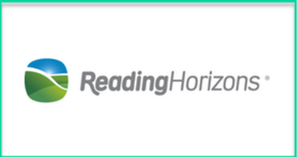
Just to offer a quick overview of the company, I think it’s important to note that this software is built on a reading pedagogy that was developed 30 years ago by a classroom teacher and administrator. Outside of this software package, the folks at Reading Horizons offer tons of free training and online videos on how to use their method for breaking down the English language to help students build their reading skills. You can also read their research and case studies here about schools that have implemented their program.
One final addendum I feel I should make before beginning: While I do feel highly capable of reviewing and evaluating the technology components of this software program, I have never been a literacy coach, or spent much time studying best-practice methods for language learning. Therefore, while the curriculum seems incredibly solid from a basic teaching standpoint, I don’t claim to be an expert in reading instruction.
This review will be broken up into two parts, the student side of the program, and the teacher side. We’ll cover what the students see first, and then get into how teachers can manage lessons, track student progress, see student growth, check progress against Common Core standards, and a whole lot more.
The Student Side of Elevate
With version 8, Reading Horizons Elevate has also been updated from Flash to HTML 5, so it will work great on any and all mobile devices.
Students will take the Phonics Screener (spelling words provided orally that collectively embody each of the phonics skills in the program), and the Reading Library Assessment (reading passages with multiple-choice comprehension questions) which will give them a Lexile® reading level once completed. Finally, they’ll take the Diagnostic Assessment to determine their level of proficiency on each of the 68 skills in Reading Horizons Elevate.
The assessments will take over an hour and are designed to be completed in several sessions. I would recommend splitting them into sessions of about 30 minutes, especially for younger students. Students may be accustomed to rushing through an assessment so it will be important to explain that these three assessments are measuring a wide range of reading skills from simple to complex. The assessment results will create a customized lesson plan based on what each student already knows and what skills will require additional instruction or review.
Once students have completed all three assessments they’ll be taken into the lessons. These lessons are designed to build a wide variety of reading and pronunciation skills, and will take students all the way from the basics of the alphabet to reading multisyllabic words. Each student’s instructional plan will look completely different depending on his or her ability level as determined by those initial assessments.
The lessons will automatically move students through the Reading Horizons curriculum as they master each skill, but you’ll notice when you first start out that some sections are greyed out and locked, while others are open. The greyed out lessons are currently locked (based on the results of the assessment) but will open up once you complete the other lessons in the chapter.
In general, students have the ability to work through lessons, decode vocabulary words matched to the lessons, read passages from the Library, play games (if the teacher has unlocked that section), access the Pronunciation Tool, and view their progress in the Reports tab.
Under the Vocabulary tab, students can work on building their vocabulary skills through a series of activities. The overall look and feel is very similar to the lessons above. Students use the Reading Horizons unique marking system to access over 12,000 words, including high-frequency words and academic vocabulary. Each vocabulary word provides a definition of the word as well as a context sentence. Many vocabulary words also contain an image which can be extremely helpful for students learning English.
In the Library tab, students will first need to master the skills in Chapter 1 of their lessons. Once they’re in Chapter 2, they will be able to choose books that are at their reading level (or above their level for a challenge). They will receive points for each passage they read. The Library offers a variety of 285 Lexile®-leveled passages in 17 categories (e.g. travel, sports, earth science, etc.).
In version 8 of Reading Horizons Elevate, students also have the ability to customize their library, using coins they've earned to purchase passages that interest them.
I really like that students are able to choose from a variety of topics and passages to find an area that interests them, rather than just having a standardized paragraph forced on them. At the end of each reading passage, students will have several multiple-choice questions to answer in order to assess their comprehension of the material.
In addition to these main tabs, students can also choose to play three different games to get additional practice with reading.
Finally, students can view their progress through the the Reading Horizons curriculum at any time by clicking on the Reports tab.
The Teacher Side of Elevate
On the reporting side of things, teachers are able to access immense amounts of data including individual student progress on any metric, as well as the progress of an entire class or specialized group. What I really like about the data and analytics side of Reading Horizons Elevate is that if you want just a quick snapshot of overall progress, you can get that, but if you want to drill down to the granular level on anything, you’ve got that possibility here.
Version 8 also includes a new message center, which allows teachers to get instant notifications of student progress and performance as well.
Aside from examining analytics, the other feature of the teacher side that I think is most beneficial is the control you have over student accounts. Essentially any setting on the student side that you’d like to change, you have control over. From allowing access to the games, to controlling which lessons students should be working on, and anything in between, you’ve got complete control if you want it.
As I mentioned in my review of Reading Horizons Discovery®, I really love the ability for teachers or reading specialists to have access to, and control over, any and all features. Elevate runs fine on it’s own without teachers needing to do anything, but it’s nice to have the choice.
The New Teacher Portal - Reading Horizons Accelerate™
Overall Thoughts
I think I should also point out this this software is designed with a very specific pedagogy that is meant to help struggling readers. It might not be an appropriate solution for older students who are reading at or above grade level, however, I believe that for those who are struggling, or who need extra practice, Reading Horizons Elevate is an excellent tool to meet those needs.
That being said, as I mentioned above, I can’t speak to the specific literacy pedagogy/method that the software employs, as I’ve never seen it in action in the classroom. However, from an educational technology perspective, I think the Reading Horizons team has an incredibly solid software package here.
In terms of pricing and roll-out, the Reading Horizons team can work with classrooms as small as 10 students all the way up to the school and district level. For pricing, you’ll have to contact them directly for a quote, as they work on a case by case basis, but they are flexible in working within a school’s needs and budget.
If you think Reading Horizons Elevate might be a good fit your school or classroom needs, then I absolutely recommend checking out a free trial of the software. But from my perspective, they’ve got a great product here, especially in terms of the data available to teachers.
The opinions expressed in this review are my own.
I was not compensated for writing this review.

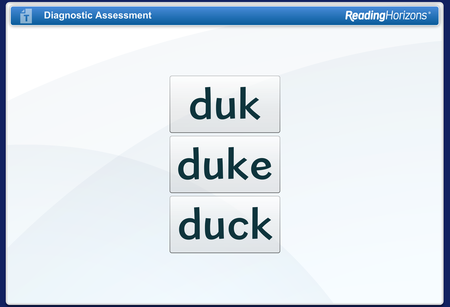
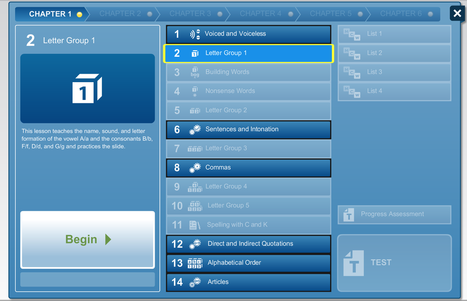
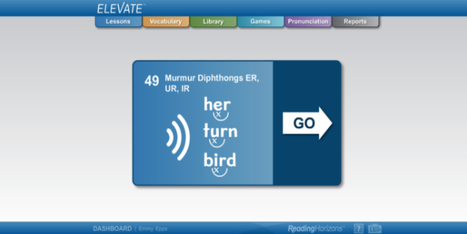
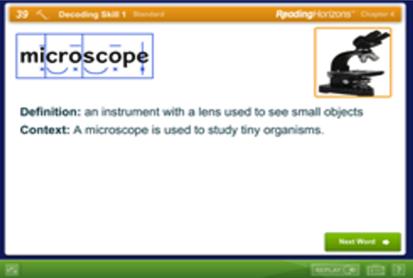
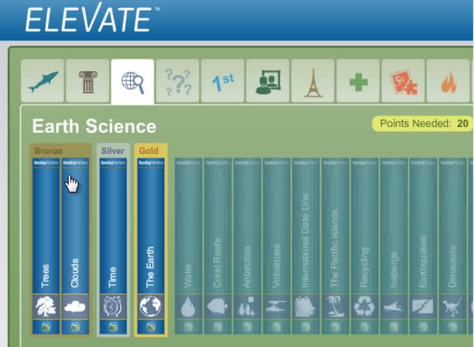
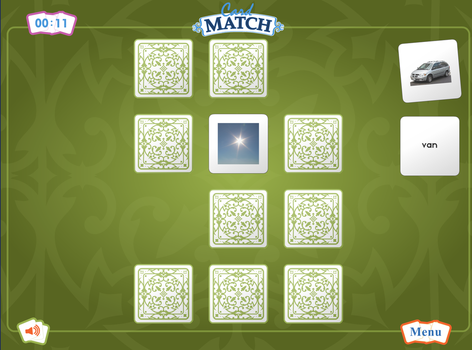
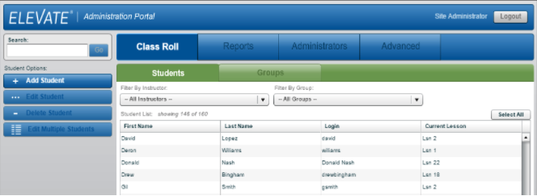
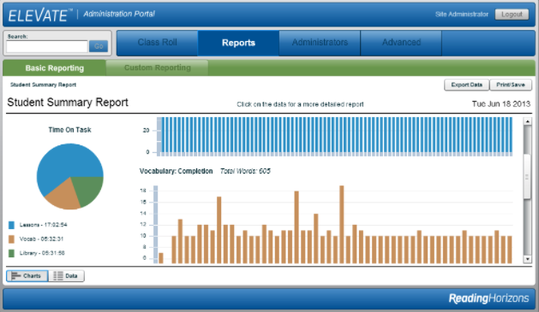
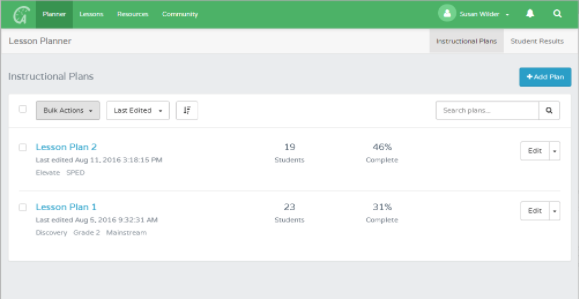

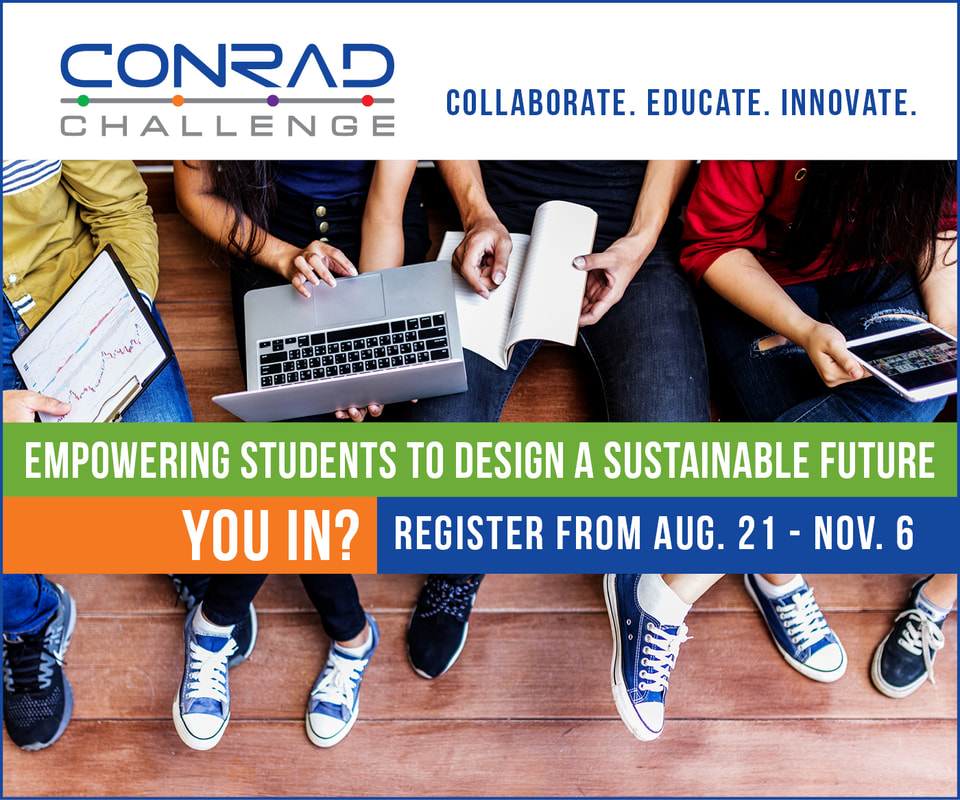
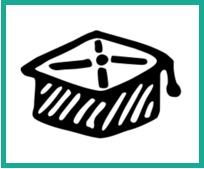
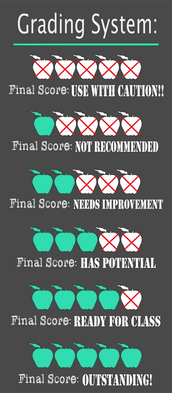



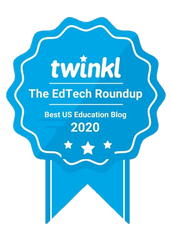
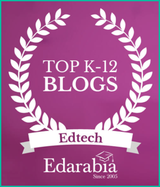
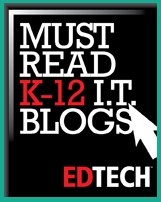
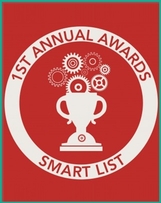



 RSS Feed
RSS Feed
